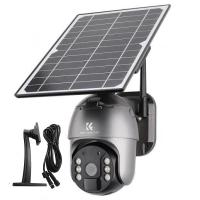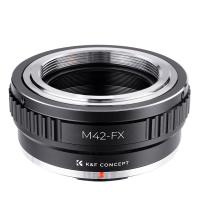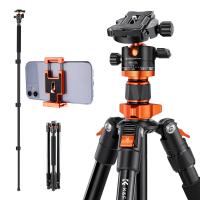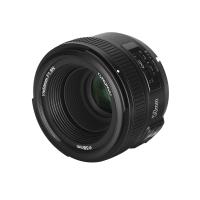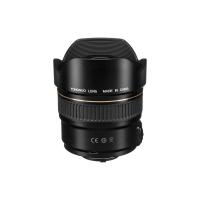What Month Is Best For Bird Watching ?
The best month for bird watching can vary depending on the location and the specific species of birds you are interested in observing. In general, spring and fall are popular seasons for bird watching as many species migrate during these times. Spring is particularly known for the return of migratory birds and the opportunity to see nesting behaviors. Fall, on the other hand, offers the chance to witness the spectacle of birds preparing for migration. However, different regions and habitats may have their own peak bird watching seasons. It is recommended to research the specific area you plan to visit or consult local birding resources to determine the best month for bird watching in that particular location.
1、 Seasonal migration patterns and bird activity
The best month for bird watching can vary depending on the region and the specific species of birds one is interested in observing. However, generally speaking, the spring and fall months are considered prime times for bird watching due to seasonal migration patterns and increased bird activity.
In the spring, many bird species migrate from their wintering grounds to their breeding grounds. This migration often results in a higher concentration of birds in certain areas, making it an ideal time for bird watchers to spot a wide variety of species. Additionally, during the spring months, birds are actively engaged in courtship displays, nest building, and singing, which can make for fascinating observations.
Similarly, the fall months are also excellent for bird watching as many species migrate back to their wintering grounds. This period is often referred to as the fall migration, and it can bring about large flocks of birds passing through specific areas. Bird watchers may have the opportunity to witness impressive displays of bird movement and behavior during this time.
It is important to note that the best month for bird watching can also depend on the specific region. For example, in North America, the spring migration typically peaks in April and May, while the fall migration is most active in September and October. However, these patterns can vary depending on factors such as weather conditions and habitat availability.
In recent years, there has been growing interest in bird watching and conservation efforts, leading to increased research and understanding of bird behavior. This has allowed for more accurate predictions and tracking of migration patterns, making it easier for bird watchers to plan their outings and maximize their chances of observing a diverse range of species.
In conclusion, while the best month for bird watching can vary depending on the region and species of interest, the spring and fall months are generally considered optimal due to seasonal migration patterns and increased bird activity. However, it is always recommended to consult local birding resources and organizations for the most up-to-date information on bird sightings and migration patterns in a specific area.

2、 Breeding and nesting behaviors of different bird species
The best month for bird watching can vary depending on the specific goals and interests of the bird watcher. However, if we consider the breeding and nesting behaviors of different bird species, the spring and early summer months are generally considered the prime time for bird watching.
During this time, many bird species are actively engaged in courtship, breeding, and nesting activities. Male birds often display vibrant plumage and sing elaborate songs to attract mates. This makes it easier to spot and identify different species as they engage in these behaviors.
In the Northern Hemisphere, April through June is a particularly exciting time for bird watching. Many migratory birds return from their wintering grounds, adding to the diversity of species that can be observed. Warblers, thrushes, and flycatchers are just a few examples of migratory birds that can be seen during this period.
Additionally, resident bird species also become more active during the breeding season. They establish territories, build nests, and raise their young. This provides bird watchers with the opportunity to observe fascinating behaviors such as nest building, incubation, and feeding of chicks.
It is important to note that bird behavior can vary depending on geographical location and climate. In some regions, breeding and nesting activities may start earlier or later than the general spring and early summer timeframe. Therefore, it is always recommended to consult local birding resources or organizations for the most up-to-date information on bird behavior in a specific area.
In conclusion, the months of spring and early summer are generally considered the best for bird watching due to the breeding and nesting behaviors of different bird species. However, it is important to consider the specific region and consult local resources for the most accurate and current information.
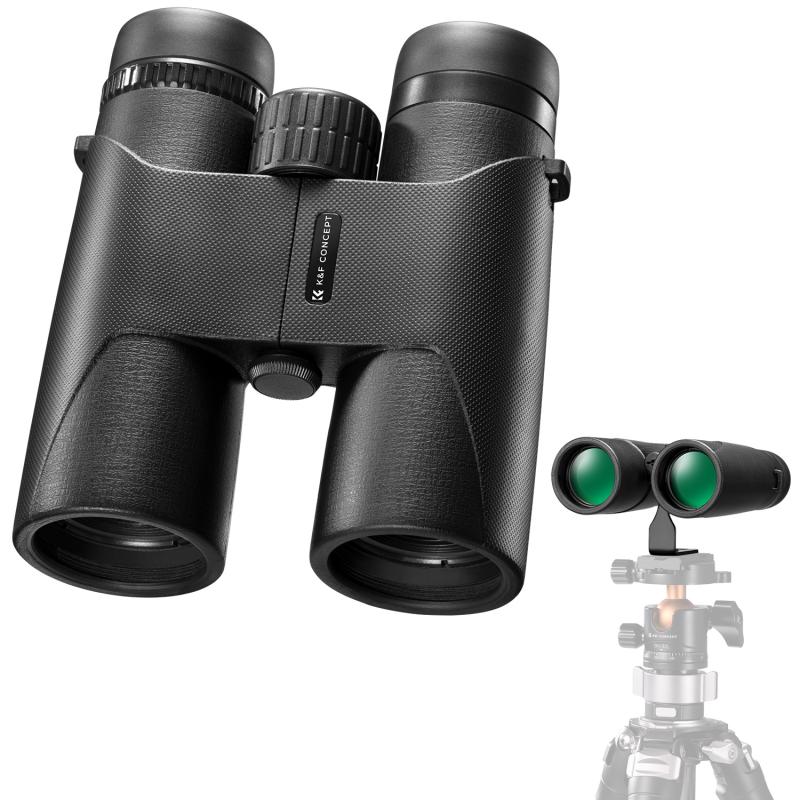
3、 Availability of food sources and foraging habits
The best month for bird watching can vary depending on several factors, but one important consideration is the availability of food sources and foraging habits of birds. Different bird species have different dietary preferences and foraging behaviors, which can influence their presence and activity levels throughout the year.
In general, the spring and fall months are often considered prime times for bird watching. During these seasons, many bird species are migrating, making it a great opportunity to spot a wide variety of birds. Spring migration typically occurs from March to May in the Northern Hemisphere, while fall migration takes place from August to November. These periods are characterized by an influx of birds as they travel to and from their breeding grounds.
However, the availability of food sources also plays a crucial role in determining the best month for bird watching. In the spring, as temperatures rise and plants start to bloom, there is an abundance of insects, flowers, and fruits, which attract a diverse range of bird species. Similarly, in the fall, as trees bear fruit and seeds, many birds gather to feed and prepare for their long journeys.
It is important to note that bird populations and their behavior can be influenced by various factors, including climate change and habitat loss. Therefore, it is always advisable to consult local birding guides, birding organizations, or experienced bird watchers for the latest information on the best months for bird watching in a specific region.
In conclusion, the best month for bird watching depends on the availability of food sources and foraging habits of birds. Spring and fall are generally considered prime times due to migration patterns and the abundance of food sources during these seasons. However, it is essential to stay informed about the latest developments and consult local resources for the most up-to-date information on bird watching opportunities.

4、 Weather conditions and their impact on bird populations
Weather conditions play a crucial role in bird populations and their behavior, ultimately influencing the best month for bird watching. While different bird species have varying preferences, there are a few general factors to consider.
Spring and fall are typically the best seasons for bird watching as they coincide with migration periods. During these times, birds are on the move, making it easier to spot a wide variety of species. In the spring, birds are returning from their wintering grounds, while in the fall, they are heading south for the winter. These periods offer opportunities to observe both resident and migratory birds.
However, within these seasons, specific months may offer better bird watching experiences. For example, in the spring, April and May are often considered prime months for bird watching. Many species are returning from their wintering grounds, and the weather is generally mild, encouraging birds to be more active and vocal.
In the fall, September and October are often recommended for bird watching. During these months, many species are passing through on their way to their wintering grounds. The weather is usually pleasant, and bird activity is high as they prepare for their long journeys.
It is important to note that weather patterns and bird behavior can vary from year to year. Climate change and other environmental factors can influence bird populations and their migration patterns. Therefore, it is advisable to consult local birding resources or organizations for the latest information on bird populations and the best times for bird watching in a specific area.
In conclusion, while spring and fall are generally the best seasons for bird watching due to migration, specific months within these seasons, such as April, May, September, and October, often offer the most rewarding experiences. However, it is essential to stay informed about the latest bird populations and weather conditions to maximize the chances of successful bird watching.












